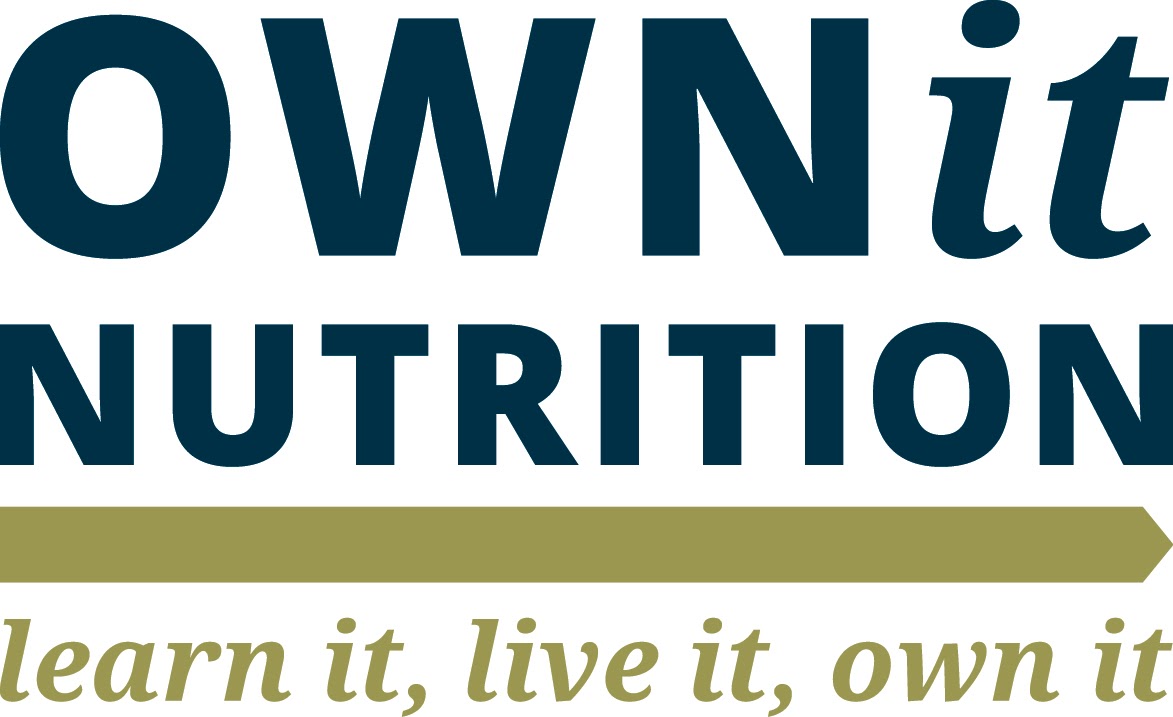Nutrition Foundations for Winter Athlete Performance
Nutrition Foundations for Winter Athlete Performance
By: Makayla Meixner, MS, RDN
Whether you are a skier or a snowboarder, nutrition can have a profound effect on performance. In fact, the United States Olympic Committee has stated “a proper eating program is just as important to an elite athlete’s success as a training program.”
However, nutrition doesn’t have to be complicated. Here is a breakdown to get you started, including the importance of getting enough energy, the foundations of a performance diet, and a helpful guide to help you build performance plates day today.
Energy
First and foremost, winter athletes need enough energy — or calories — to support their extremely active lifestyles. This includes energy to support basic body functions, growth, regular daily activities, and intense levels of training and competition.
While individual energy needs vary, a rule of thumb is that athletes need to eat 5-6 times per day to meet their high energy demands. Often, this looks like breakfast, a morning snack, lunch, an afternoon snack, dinner, and sometimes a nighttime snack.
If you’re wondering whether you or your athlete is getting enough energy, here are some common symptoms of low energy availability:
- Chronic fatigue
- Frequent illness or injury
- Difficulty gaining weight or muscle
- Decreased strength or endurance
- Training hard, but not improving performance
- Weight loss (keep in mind, the body is great at conserving itself — you can have low energy availability without weight loss)
Concerned about low energy levels? A registered dietitian can help ensure you’re getting enough energy to support you or your athlete’s active lifestyle.
Performance meals and snacks
Knowing that athletes need several meals and snacks per day, what should these meals and snacks look like? Meals and snacks built to support optimal health and performance are rich in:
- Carbohydrate-containing foods. Carbs are the main source of fuel for the muscles and brain. Nutritious sources of carbohydrates include whole grains, fruit, legumes, and starchy vegetables.
- A variety of proteins. Protein is used for muscle repair, muscle growth, and numerous body functions. Varying your protein to include plant-based sources can help boost the number of essential nutrients in your performance diet. Besides lean meats, fish, and eggs, some nutritious plant-based sources include soy and tofu, beans and other legumes, nuts, seeds, and nut butters.
- Healthy fats. Healthy fats play a role in muscle recovery, immune health, brain health, and heart health. Some nutritious sources of fats include nuts, seeds, olive oil, fatty fish (tuna and salmon), and avocados.
- Color. A wide variety of fruits, vegetables, and other plant-based foods supply essential vitamins, minerals, and beneficial plant compounds that fight inflammation, support overall health, and promote optimal performance.
Overall, a balance of nutritious carbs, a variety of proteins, healthy fats, and colorful plant-based foods are the foundation of a performance diet.
The Athlete’s Plates
To help build your performance meals and snacks, the United States Olympic Committee has developed three different “Athlete’s Plates” as a guide to help you with your day-to-day nutrition. These three plates vary depending on how intense your physical activity level is — there is one for an easy day, a moderate day, and a hard day (1):
- Easy days. Easy days include days with a very low-intensity workout or rest days.
- Moderate days. Moderate days can include 1-2 workouts, with at least one being relatively intense.
- Hard days. Hard days include competition days, or days that contain at least two high-intensity workouts. The hard day plate can also be used to load up on carbohydrates in the days leading up to a competition.
Since more energy is needed to support higher levels of training, the overall amount of food you need will increase on moderate and hard days. Additionally, the amount of carbohydrate foods will increase, since carbs are the muscles' main source of fuel. As a rule of thumb, the more intense the activity, the more grains, fruit, legumes, and/or starchy veggies you should have on your plate.
To download the Athlete’s Plates handouts, visit the Team USA nutrition website.
Keep in mind, a registered dietitian can help you apply the Athlete’s Plates by tailoring them to your individual needs, food preferences, sport, lifestyle, and more.
Upcoming Performance Nutrition Webinar
Want to learn more? Register for the free live nutrition webinar on Feb 2nd presented by Makayla Meixner, performance dietitian and founder of Own It Nutrition. Makayla is covering how to keep energy levels high all season long plus how to fuel before, during, and after training and competitions to maximize performance.
---
Makayla Meixner is a performance dietitian and founder of Own It Nutrition. She specializes in fueling strategies for winter athletes and offers individual and group nutrition coaching services.
Email: makayla@ownitnutrition.com
Phone: (970) 306-6402
Website: www.ownitnutrition.com

Support this Content
 Support content like this and your local community through a recurring donation.
Support content like this and your local community through a recurring donation.


